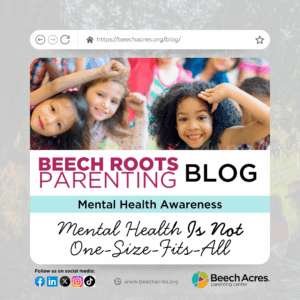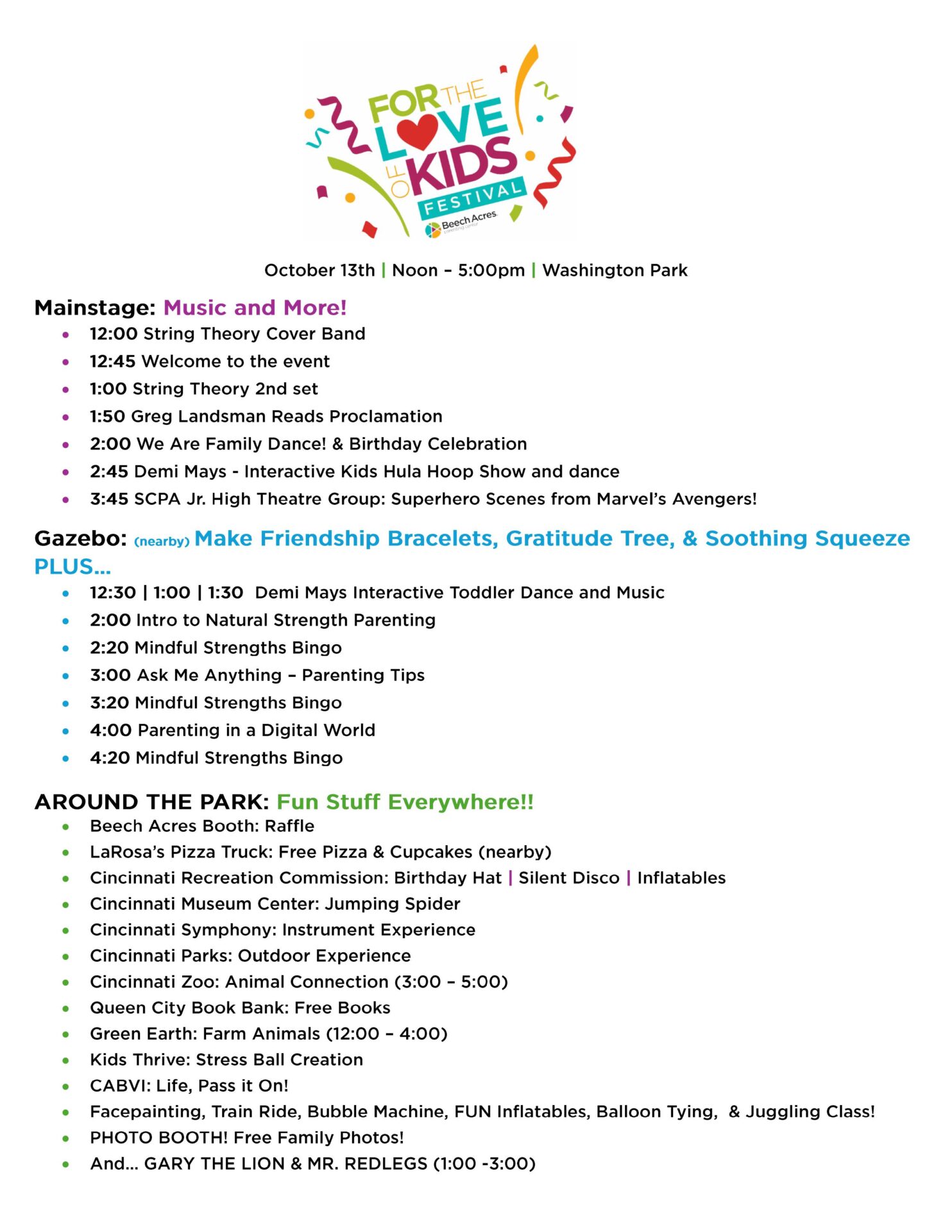Coming Out: A Guide for Parents of Lesbian, Gay, Bisexual, Transgender, Queer, and Gender Expansive (LGBTQ+) Youth
Parenting is full of surprises. From the day your child is born, parenting takes unexpected twists and turns. Parents’ dreams and expectations for their children evolve as families create their own paths.
When parents learn their child is lesbian, gay, bisexual, transgender, queer, or gender-expansive (LGBTQ+), they may experience a wide variety of emotions. Confusion about their child’s sexual orientation, gender identity, and/or gender expression. Worry about how others will treat their child. Concern because they were taught being LGBTQ+ is wrong or even sinful.
So, what to do when your child comes out?
Let them know you love them.
For many LGBTQ+ youths, telling their parents is an act of bravery – the hardest part of coming out. Knowing parents love and accept them for who they are allows all kids – and LGBTQ+ youth in particular – to feel confident they can negotiate the wider world. Not surprisingly, research shows that LGBTQ+ adolescents who are supported by their families grow up to be happier and healthier adults. Simple sentiments such as, “I love you. I’m here for you. I’ll always have your back” can mean the world to LGBQT+ youth negotiating a scary and uncertain time.
Talk and listen.
Be intentional about taking time to talk through issues and listen to your child. You don’t need to be an expert on LGBTQ+ issues. Ask open and curious questions about your child’s interests, friends, and experiences. Often, kids and teens have difficulty opening up, so start small and be persistent. Staying connected makes it easier for your kids to approach you with bigger and more complex issues like sexuality, identity, discrimination, or even harassment and violence.
Educate yourself.
First, clear up any misconceptions you may have about what it means to be LGBTQ+ and learn about the LGBTQ+ community and the issues faced by LGBTQ+ individuals. Becoming educated helps you become more aware of issues that may arise and empowers you to advocate for your child when needed. Parents can access many organizations and online information resources to learn more about how they can support their LGBTQ+ teen, other family members, and their teen’s friends. And because LGBTQ+ teens are more at risk for bullying or violence, it’s important for parents to watch for behaviors that might indicate their teen experiencing any of these types of issues. If bullying, violence, or depression is suspected, parents should take immediate action, working with school personnel and other adults in the community. Visit our website for information on understanding transgender.
Stay connected.
Being supportive can be challenging when, as a parent, you may experience stress, surprise, or confusion. And teens, by nature, often do not reach out or disclose information. Resist any urges to pull away from each other during these times – your child is experiencing more difficulty with this than you are. And if either or both of you are struggling, reach out for help. Find a counselor, doctor, family member, or community organization to help support everyone through any challenges that may arise.
Be proactive about relationships and social media.
Positive environments are important to help all youth thrive and develop healthy relationships. However, LGBTQ+ youth face some unique challenges. Some LGBTQ+ youth rely on social media and apps on their phone to meet others. While these can provide support and validation, the content can be inappropriate. And encourage your teen to develop safe and healthy relationships. While dating can be unnerving for any parent, encouraging your LGBTQ+ child to date in an age-appropriate way builds important life skills and sends the powerful message that LGBTQ+ relationships are normal and healthy.
Become an ally.
What better way to show your child your support than to become an LGBTQ+ ally? Advocate for a gay-straight alliance (GSA) at your child’s school, which have been shown to make schools safer and boost academic performance among LGBTQ+ students. Push for more inclusive sex education. And if issues arise, speak up again and again to the teacher, administrators, or employers, until the concern is resolved.
You can also display a supportive image such as a rainbow or transgender flag or sticker. LGBTQ+ youth are quick to pick up on cues they see in their environment, and such displays can make a difference in how they perceive their surroundings.
Relevant Links:
https://www.cdc.gov/lgbthealth/youth-resources.htm/
https://www.apa.org/pi/lgbt/programs/safe-supportive/index
https://pflag.org/resource/our-children
https://pflag.org/find-a-chapter
https://arist.app/orgs/beech-acres/courses/dbad0861-7c42-482a-a0e7-0e48513bd125







